Stimulus in Rails 7: A Complete Guide with Features, Syntax, and Examples
Learn how Stimulus in Ruby on Rails enhances interactivity in Rails 7 apps. Explore setup, controllers, actions, and examples to build dynamic, reactive UIs with Hotwire and minimal JavaScript.

Saikat Kumar Dey
Technical Consultant

Rails 7 introduced a new era for front-end development through Hotwire, blending Turbo in Rails and Stimulus.js for fast, interactive web apps without the overhead of a full SPA.
In this article, I’ll break down Stimulus in Ruby on Rails, from what it is, how it works, and why it’s one of the most developer-friendly ways to add interactivity to Rails application.
If you’ve ever wanted to add Stimulus to a Ruby on Rails application, this walkthrough will help you master everything from setup to syntax. You’ll explore real Stimulus examples in Rails 7, learn how controllers, actions, and targets interact, and see how Stimulus.js simplifies your JavaScript layer while staying fully aligned with Rails’ “server-first” philosophy.
What is Stimulus?
Stimulus is a lightweight JavaScript framework created by Basecamp (the team behind Rails). Unlike React or Vue, it doesn’t take over your frontend. Instead, it “sprinkles” behavior onto your server-rendered HTML.
-
Server-first approach: Keep using Rails templates
-
Declarative bindings: Use HTML data-* attributes to connect JS
-
Minimal boilerplate: Small, focused controllers
-
Seamless with Turbo: Automatically works with server-updated DOM
Think of Stimulus as the glue between your HTML and JavaScript.
Setting up Stimulus in Rails 7
Rails 7 ships with Stimulus.js by default, whether you’re using Import Maps or a bundler like esbuild or Webpack. If you create a new Rails app, Stimulus is automatically set up and ready to use:

The index.js file auto-registers all controllers. You don’t need extra wiring.
Anatomy of a Stimulus Controller
A Stimulus controller is just a JavaScript class extending Controller:
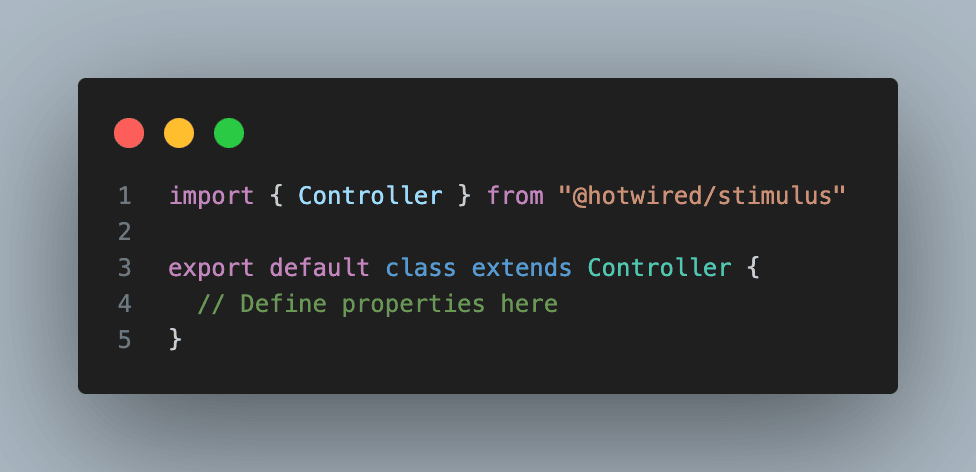
You connect it to your HTML via the data-controller attribute.
Example:
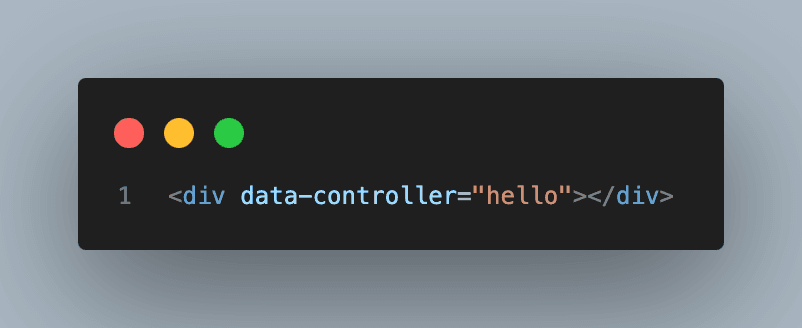
This means: “Use the hello_controller.js file to control this element.”
Now, let’s explore the main components that define how Stimulus works in a Ruby on Rails application.
1. Controllers
A controller is attached to an element via data-controller.
Example:

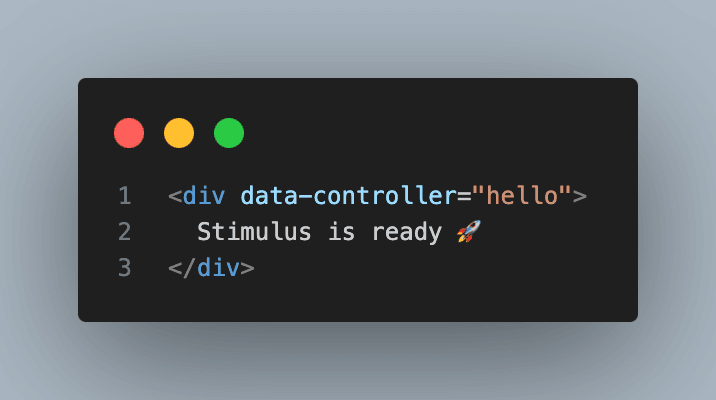
When the page loads, the connect() method runs, logging a message.
2. Actions
Actions connect DOM events (like click, submit, keyup) to controller methods.
Syntax:

Example: Button Click
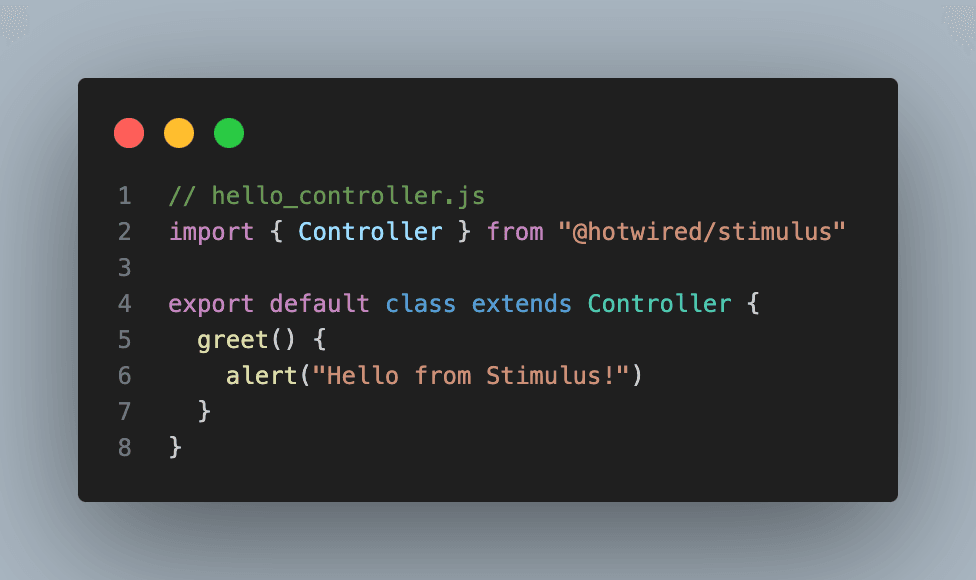
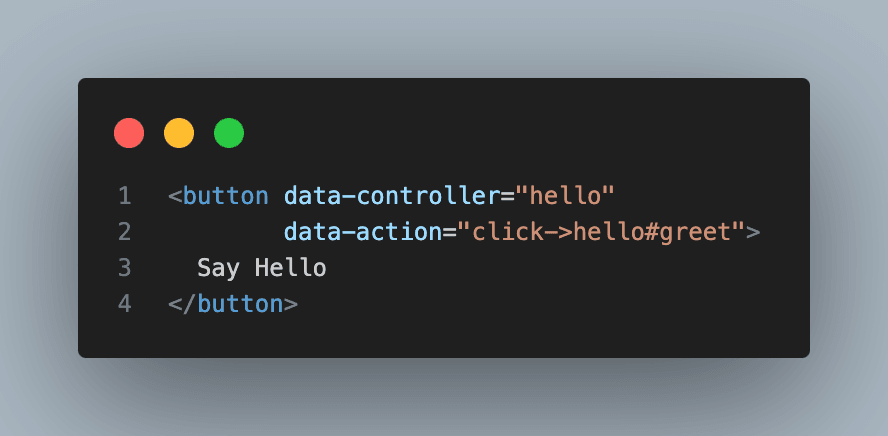
Clicking the button calls the greet() method.
3. Targets
Targets allow you to reference DOM elements inside your controller.
Syntax:
Declare:

Use:
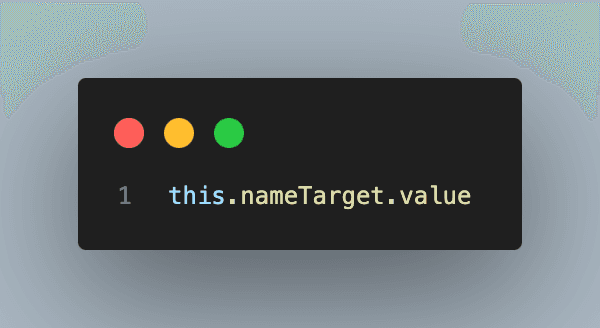
Example: Greeting by Name
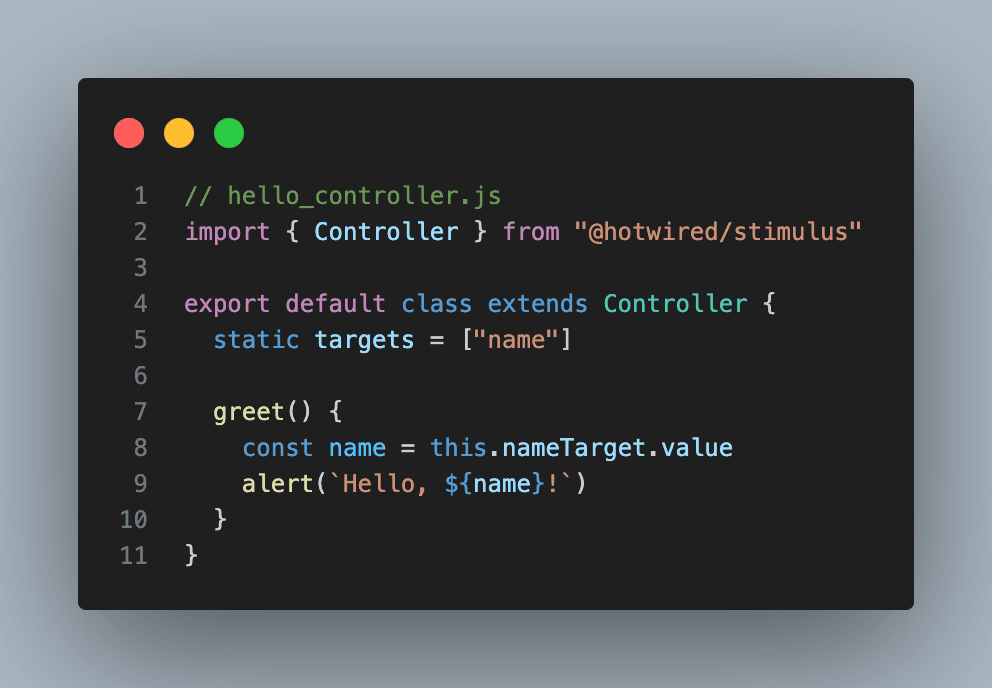
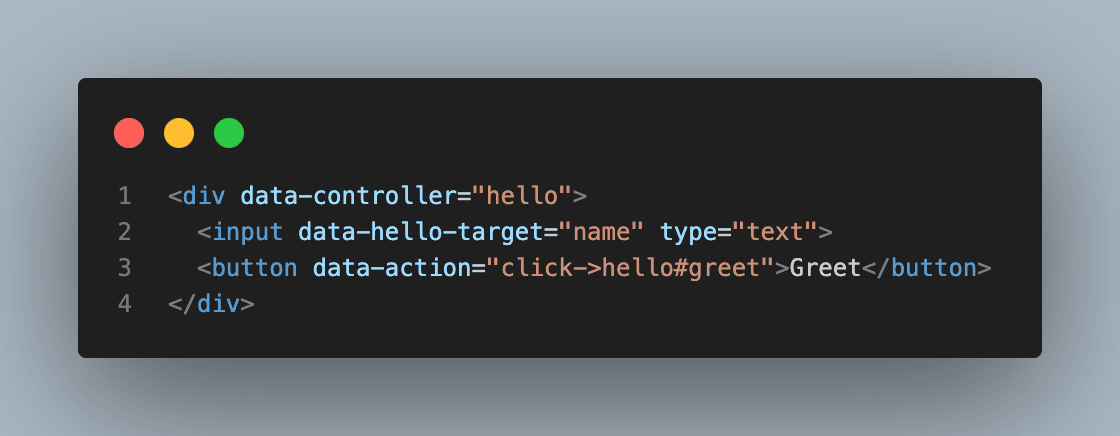
Typing a name and clicking the button shows Hello, < name >!.
4. Values
Stimulus supports typed values (string, number, boolean, array, object). You define them in the controller and bind them with data-< controller >-< name >-value.
Example: Counter


Clicking the button increases the count.
5. Classes
You can toggle CSS classes directly from your controller. Define class names in static classes.
Example: Toggle Highlight

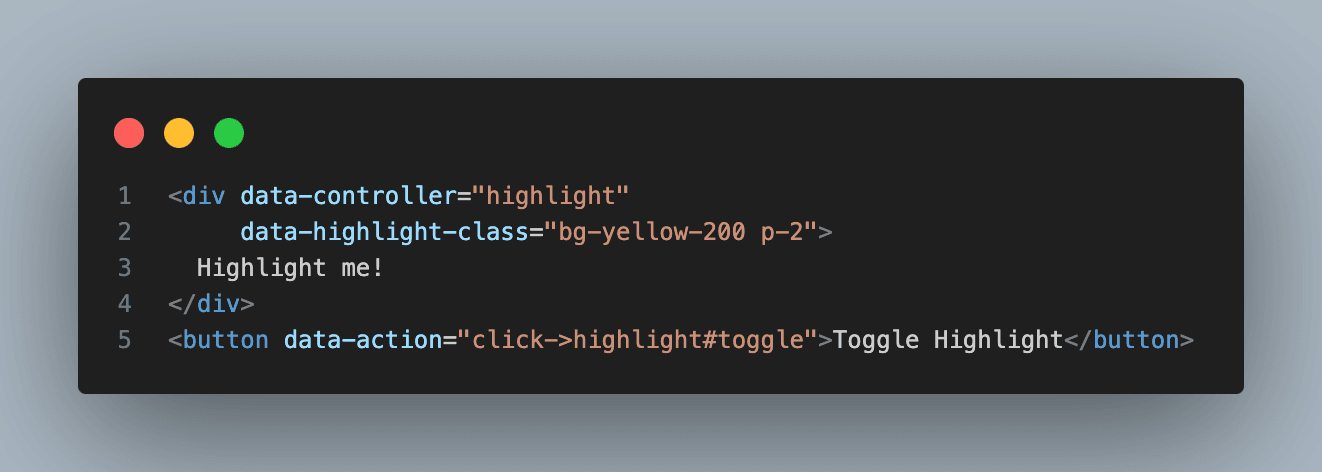
The div toggles a highlight class on button click.
6. Lifecycle Methods
Stimulus controllers have lifecycle callbacks:
- initialize() - when instantiated
- connect() - when controller is connected
- disconnect() - when removed from DOM
Example:
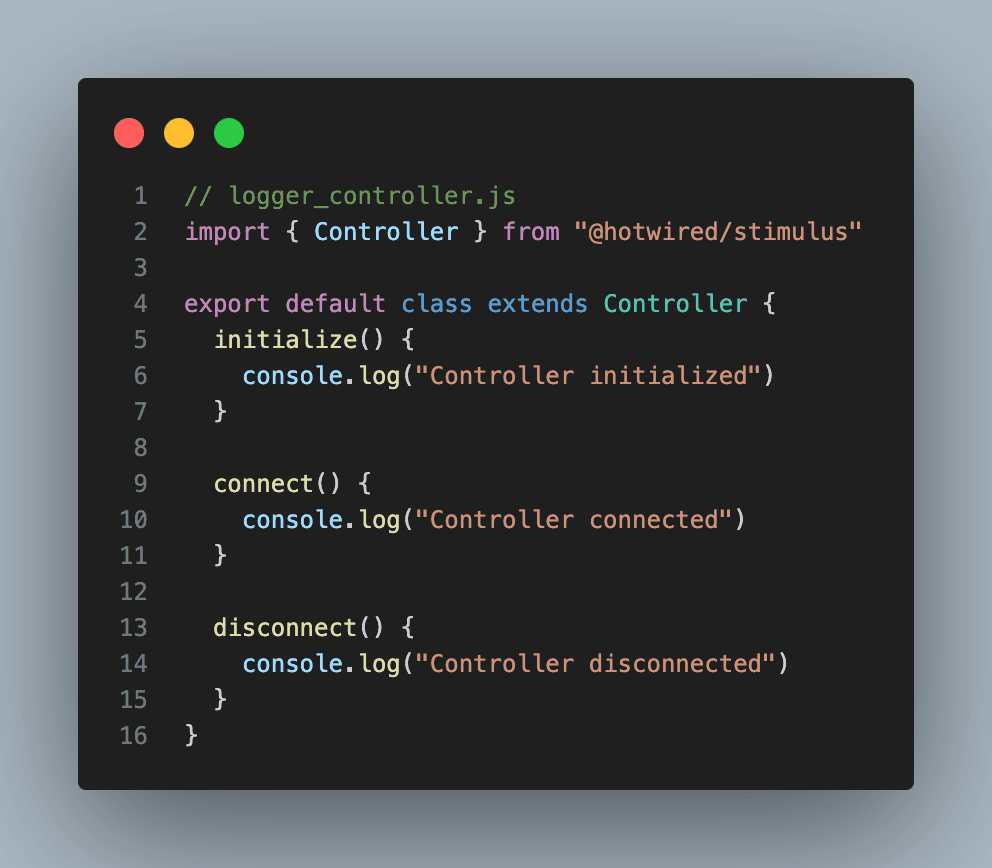
Helps debug when controllers attach/detach.
7. Stimulus + Turbo
Stimulus works beautifully with Turbo Streams. Example: Updating a list and auto-scrolling.
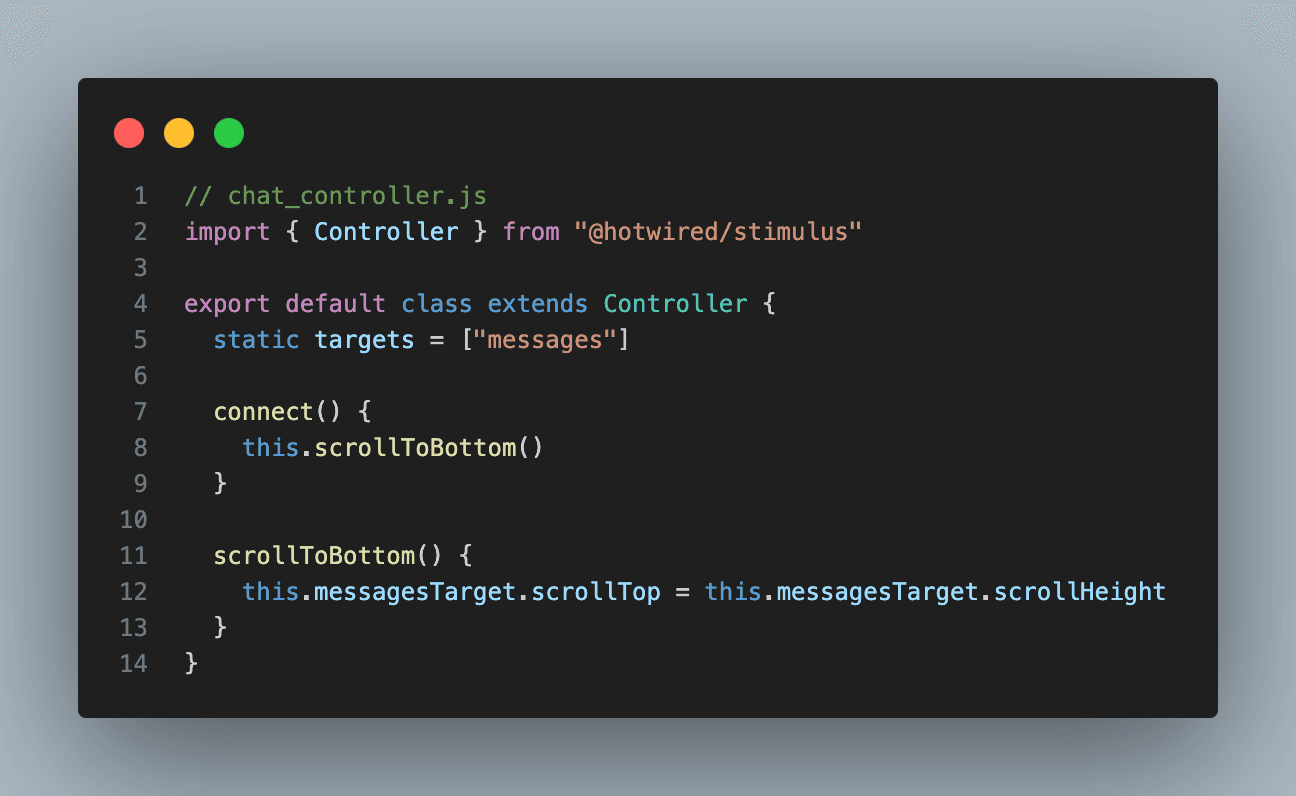

Whenever Turbo updates the messages, Stimulus ensures it auto-scrolls.
Stimulus vs Plain JavaScript
One of the biggest advantages of Stimulus is how much boilerplate it removes compared to plain JavaScript. To avoid broken table rendering with large code blocks, here’s a quick comparison table followed by clear, readable code snippets for each case.
Quick comparison (At a glance)

Let’s explore in detail how Stimulus in Ruby on Rails improves typical front-end interactions compared to plain JavaScript.
1) Attaching an event
Plain JavaScript

Stimulus

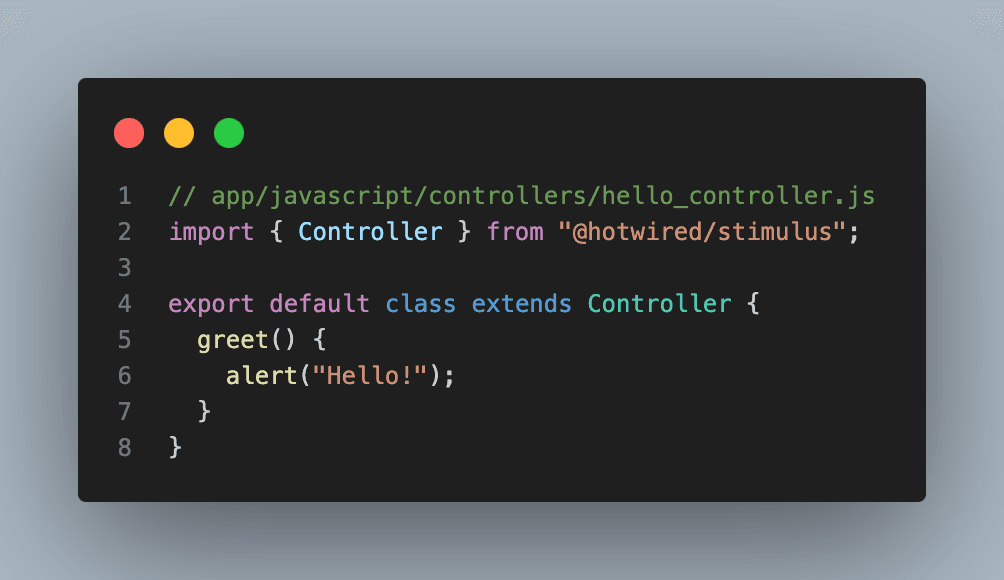
2) Referencing an element (targets)
Plain JavaScript
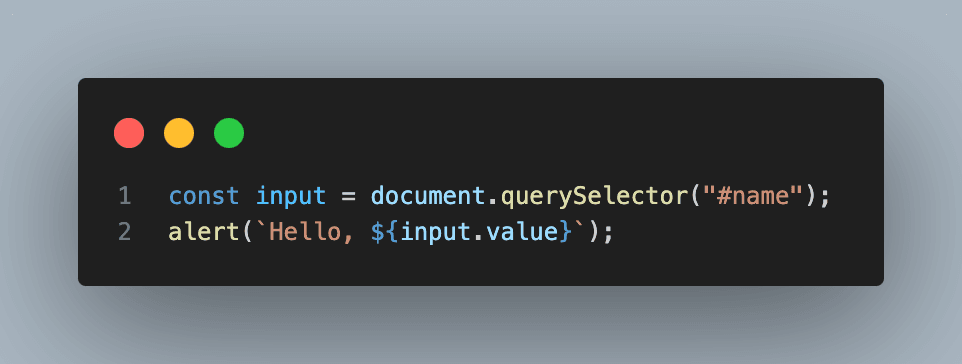
Stimulus

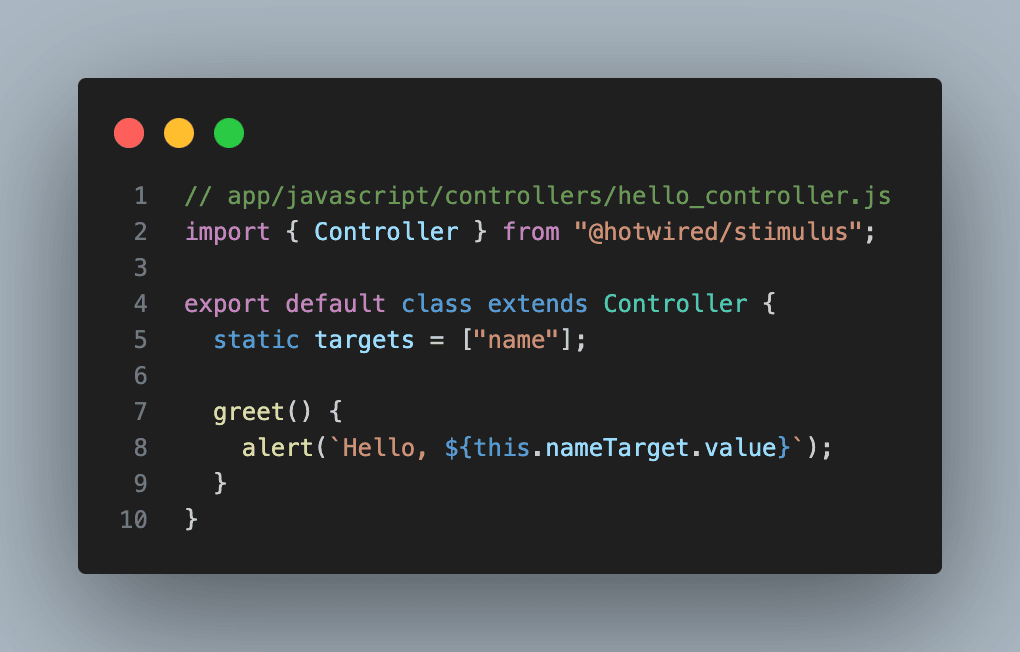
3) Managing state (values)
Plain JavaScript
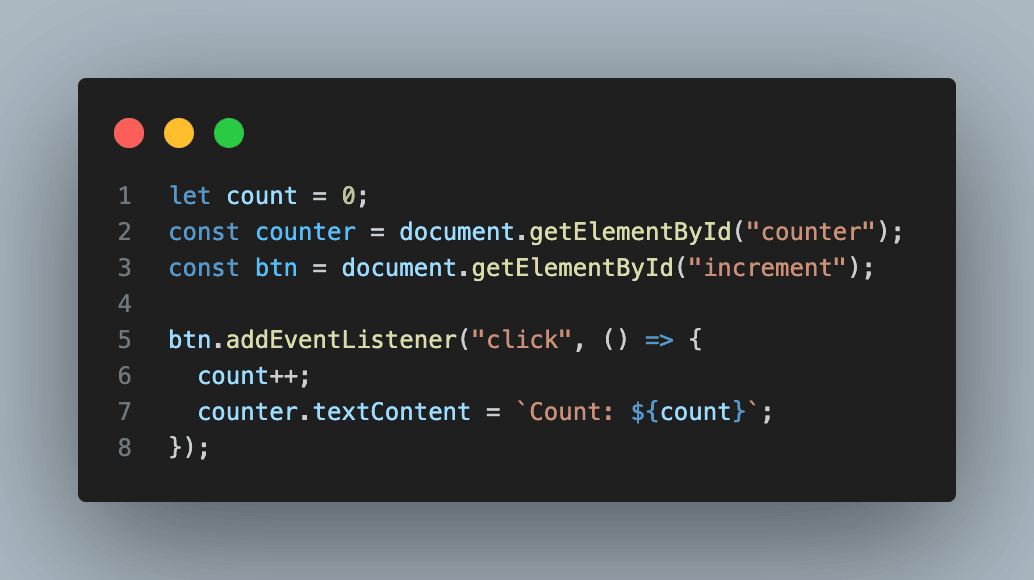
Stimulus


4) Toggling a class (classes)
Plain JavaScript
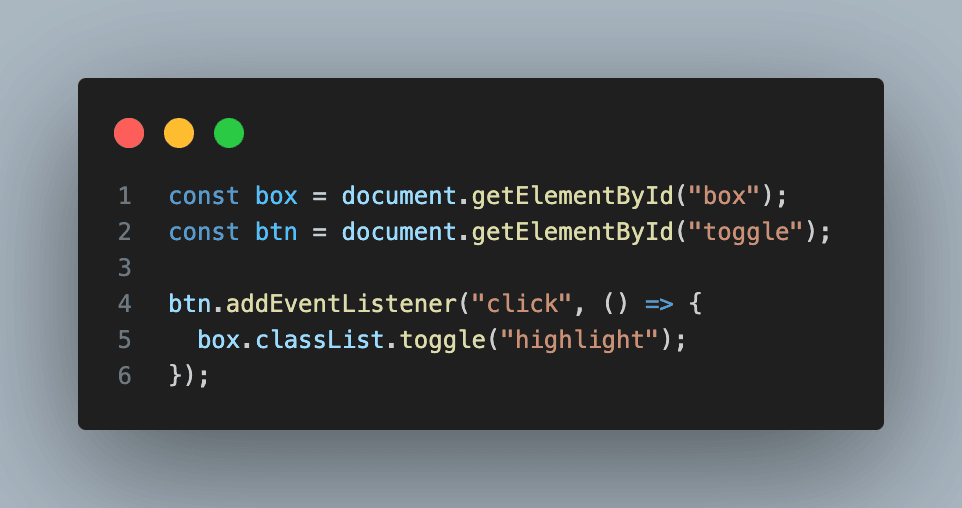
Stimulus

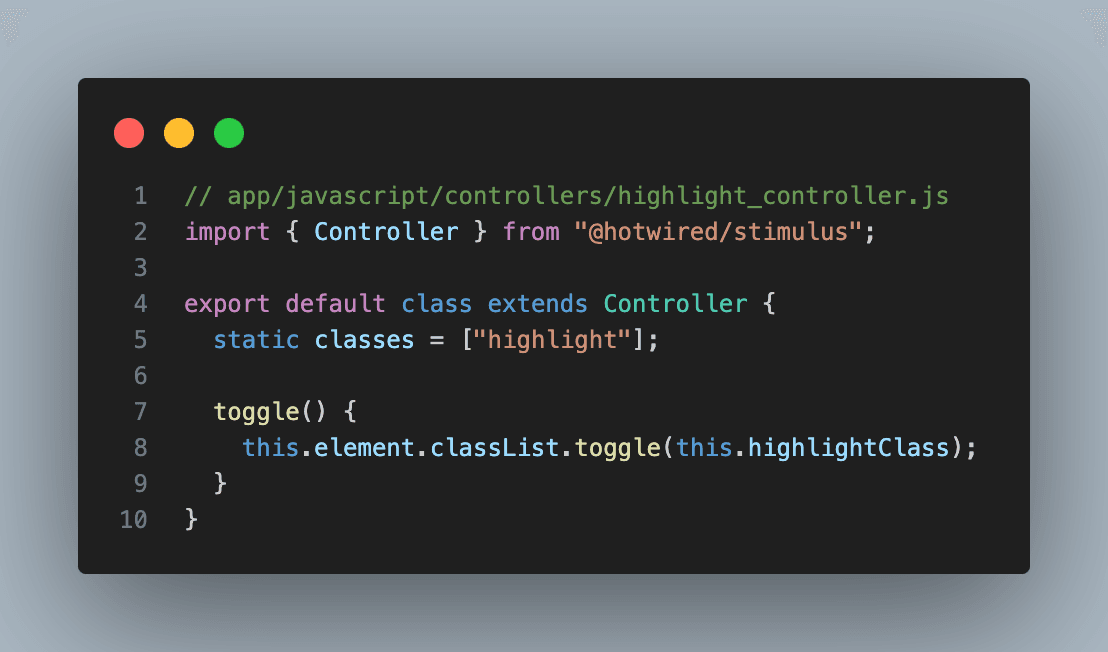
With Stimulus, your HTML declares intent and your JS stays tiny and organized.
When to Use Each Feature
Controllers: Attach behavior Use controllers when you want to add reusable logic to specific parts of your page, like handling a dropdown, modal, or form submission, without mixing JS directly into your HTML.
Actions: Bind DOM events Use actions to connect user interactions (like clicks, keypresses, or form submissions) to methods in your controller, making your event handling cleaner and declarative.
Targets: Reference elements Use targets when your controller needs to access or manipulate specific elements such as updating text, toggling visibility, or reading input values.
Values: Store dynamic data Use values to define and manage data that your controller depends on, for example, counters, states, or configuration options, with automatic type conversion.
Classes: Manage styles Use classes to toggle CSS styles dynamically from your controller logic, such as showing active states, animations, or UI highlights.
Lifecycle: Setup & cleanup logic Use lifecycle methods (initialize, connect, disconnect) to handle setup and teardown, ideal for initializing libraries, event listeners, or debugging controller behavior.
Final Thoughts: Why Stimulus in Ruby on Rails Matters
Stimulus remains one of the most practical and lightweight ways to enhance interactivity in modern Rails 7 applications. It’s not here to replace frameworks like React but to complement your server-rendered views and keep your codebase simple, modular, and easy to maintain.
When you add Stimulus to a Ruby on Rails application, you gain a clear, declarative approach to JavaScript, one that’s deeply integrated with Hotwire and the Rails ecosystem. Whether you’re building dashboards, forms, or live updates with Turbo Streams, Stimulus in Rails helps you bring dynamic behavior to life without losing the elegance of Rails conventions.
To recap:
-
Keep using Rails views for rendering.
-
Add just enough interactivity using Stimulus.js.
-
Combine it with Turbo for real-time updates and seamless navigation.
If you’re new to Stimulus in Rails 7, start small and experiment with controllers, actions, and targets. You’ll quickly see why many developers call it the most “Rails-native” way to build dynamic, reactive frontends without the SPA complexity.
In case you’re seeking expert guidance on implementing Stimulus in your Ruby on Rails app or need support with any of your RoR projects, you can reach out to our team at RailsFactory. We’ll help you do it the right way.



